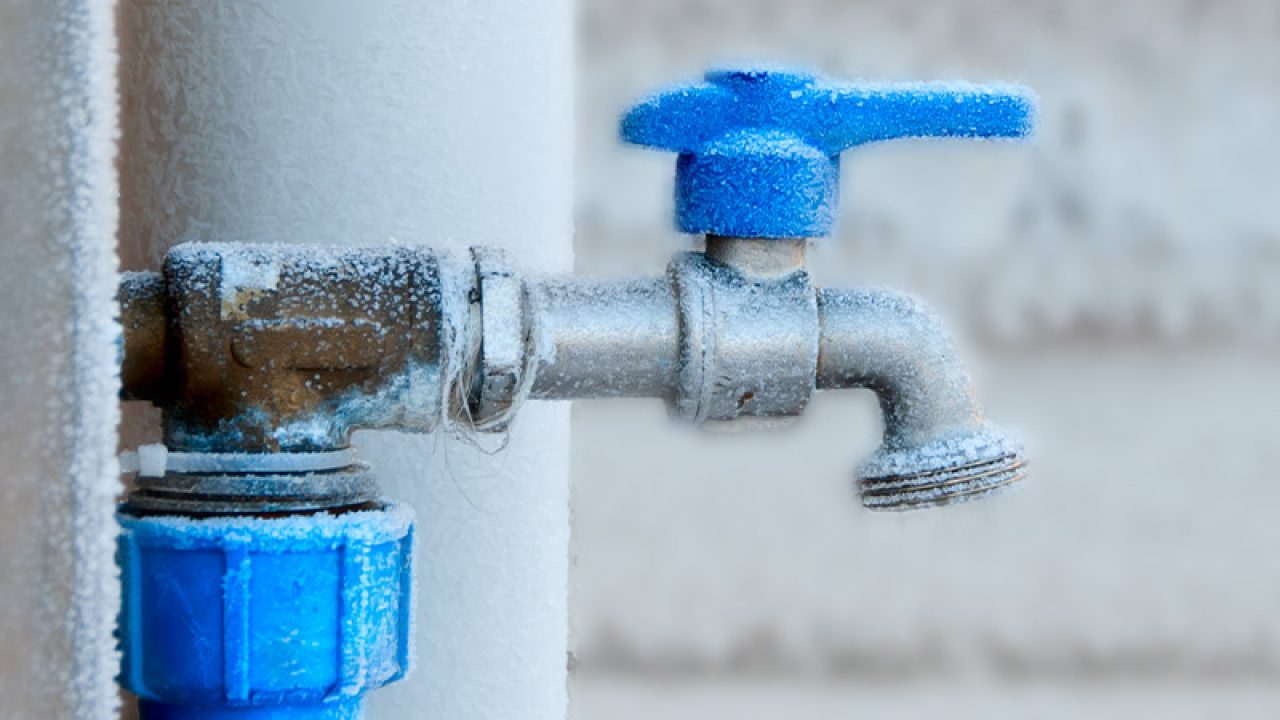Presented here down the page you can find a lot of wonderful guidance on the subject of How To Avoid Freezing Pipes.

Cold weather can damage your plumbing, particularly by freezing pipes. Here's how to prevent it from taking place and what to do if it does.
Intro
As temperature levels decrease, the risk of frozen pipelines boosts, potentially leading to pricey repair services and water damage. Understanding just how to avoid frozen pipelines is important for homeowners in cool environments.
Recognizing Icy Pipelines
What creates pipelines to ice up?
Pipelines freeze when subjected to temperatures below 32 ° F (0 ° C) for extended durations. As water inside the pipelines ices up, it expands, putting pressure on the pipeline wall surfaces and potentially triggering them to break.
Risks and damages
Icy pipelines can lead to water system disturbances, residential or commercial property damage, and expensive repair services. Burst pipelines can flood homes and trigger considerable structural damages.
Signs of Frozen Water Lines
Identifying frozen pipelines early can stop them from breaking.
How to identify frozen pipelines
Try to find lowered water flow from taps, uncommon odors or sounds from pipelines, and visible frost on subjected pipelines.
Avoidance Tips
Insulating susceptible pipelines
Cover pipelines in insulation sleeves or use heat tape to secure them from freezing temperature levels. Concentrate on pipelines in unheated or exterior areas of the home.
Heating techniques
Keep interior spaces appropriately warmed, specifically locations with pipes. Open up cupboard doors to enable warm air to circulate around pipes under sinks.
Protecting Outdoor Pipes
Yard pipes and outside faucets
Separate and drain pipes garden hoses prior to winter season. Mount frost-proof faucets or cover outside taps with shielded caps.
What to Do If Your Pipes Freeze
Immediate actions to take
If you presume icy pipes, keep faucets available to relieve pressure as the ice melts. Utilize a hairdryer or towels taken in warm water to thaw pipelines gradually.
Long-Term Solutions
Architectural changes
Consider rerouting pipelines away from outside wall surfaces or unheated locations. Add additional insulation to attic rooms, basements, and crawl spaces.
Updating insulation
Purchase high-grade insulation for pipes, attic rooms, and walls. Proper insulation assists maintain constant temperature levels and lowers the threat of icy pipelines.
Final thought
Avoiding frozen pipelines needs positive measures and fast actions. By understanding the reasons, indications, and preventive measures, homeowners can secure their plumbing throughout cold weather.
5 Ways to Prevent Frozen Pipes
Drain Outdoor Faucets and Disconnect Hoses
First, close the shut-off valve that controls the flow of water in the pipe to your outdoor faucet. Then, head outside to disconnect and drain your hose and open the outdoor faucet to allow the water to completely drain out of the line. Turn off the faucet when done. Finally, head back to the shut-off valve and drain the remaining water inside the pipe into a bucket or container. Additionally, if you have a home irrigation system, you should consider hiring an expert to clear the system of water each year.
Insulate Pipes
One of the best and most cost-effective methods for preventing frozen water pipes is to wrap your pipes with insulation. This is especially important for areas in your home that aren’t exposed to heat, such as an attic. We suggest using foam sleeves, which can typically be found at your local hardware store.
Keep Heat Running at 65
Your pipes are located inside your walls, and the temperature there is much colder than the rest of the house. To prevent your pipes from freezing, The Insurance Information Institute suggests that you keep your home heated to at least 65 degrees, even when traveling. You may want to invest in smart devices that can keep an eye on the temperature in your home while you’re away.
Leave Water Dripping
Moving water — even a small trickle — can prevent ice from forming inside your pipes. When freezing temps are imminent, start a drip of water from all faucets that serve exposed pipes. Leaving a few faucets running will also help relieve pressure inside the pipes and help prevent a rupture if the water inside freezes.
Open Cupboard Doors
Warm your kitchen and bathroom pipes by opening cupboards and vanities. You should also leave your interior doors ajar to help warm air circulate evenly throughout your home.

Do you appreciate reading about Prevent Frozen Pipes ? Post a short review down below. We'd be glad to see your views about this post. In hopes that you visit us again in the future. Enjoyed reading our review? Please share it. Help other people locate it. Bless you for being here. Kindly visit our site back soon.
Book Appointment Now
Comments on “Ways to Defend Your Pipes from Cold Weather: Expert Advice”